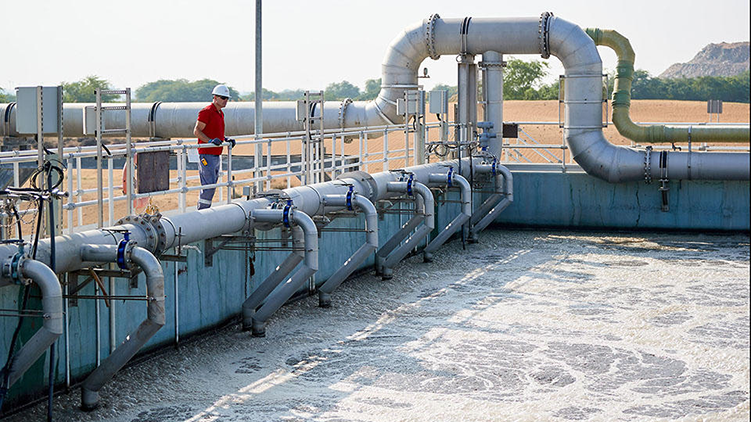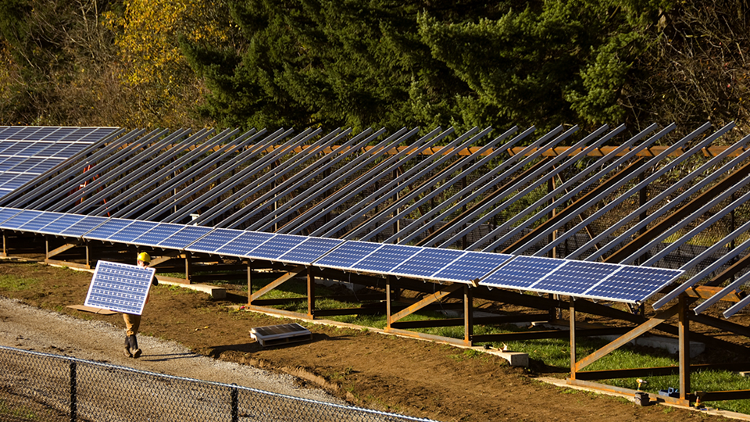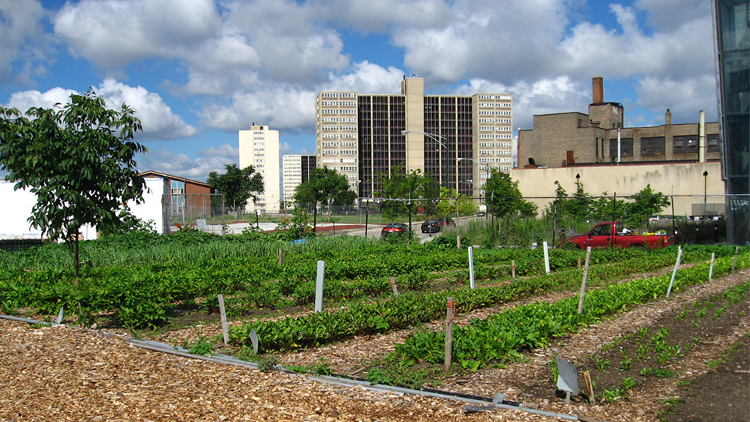
Direct Potable Reuse (DPR) is a water recycling technique that uses treated wastewater as a source of drinking water. The State Water Resources Control Board (SWRCB) of California is currently tasked with developing regulations for DPR by the end of 2023. In this project, UCLA researchers focus on ways to clear the legal path toward the adoption of DPR in Los Angeles County and California. The ultimate goal of this project is to facilitate the adoption of DPR in a manner that is timely, secure and protective of public health.










